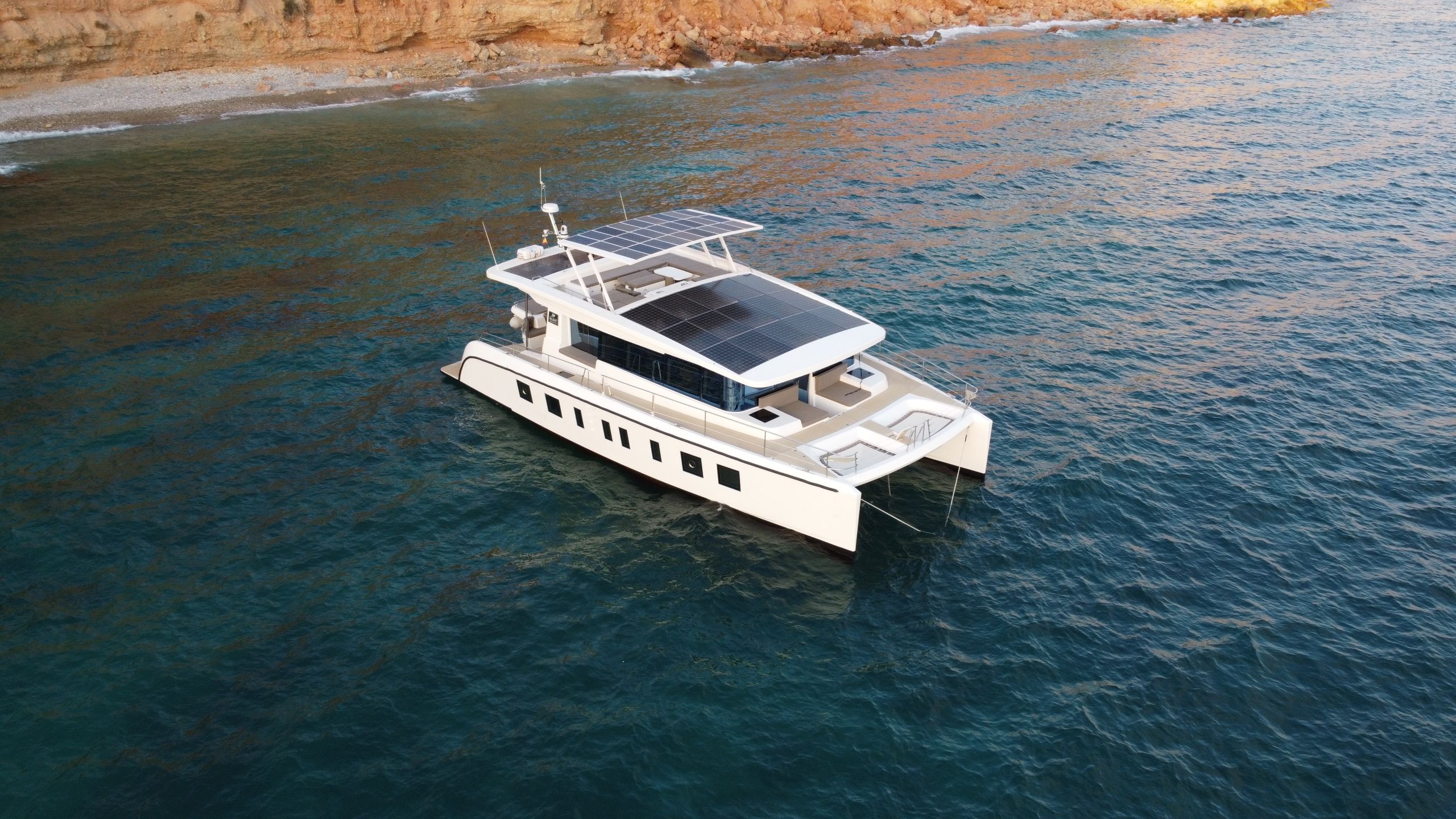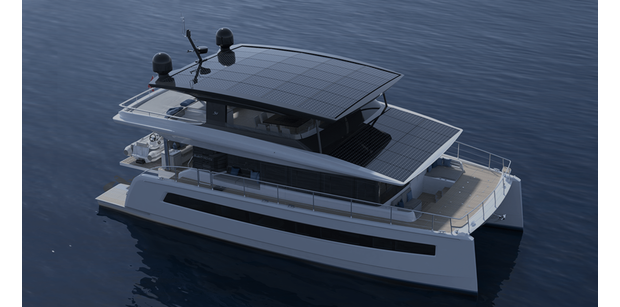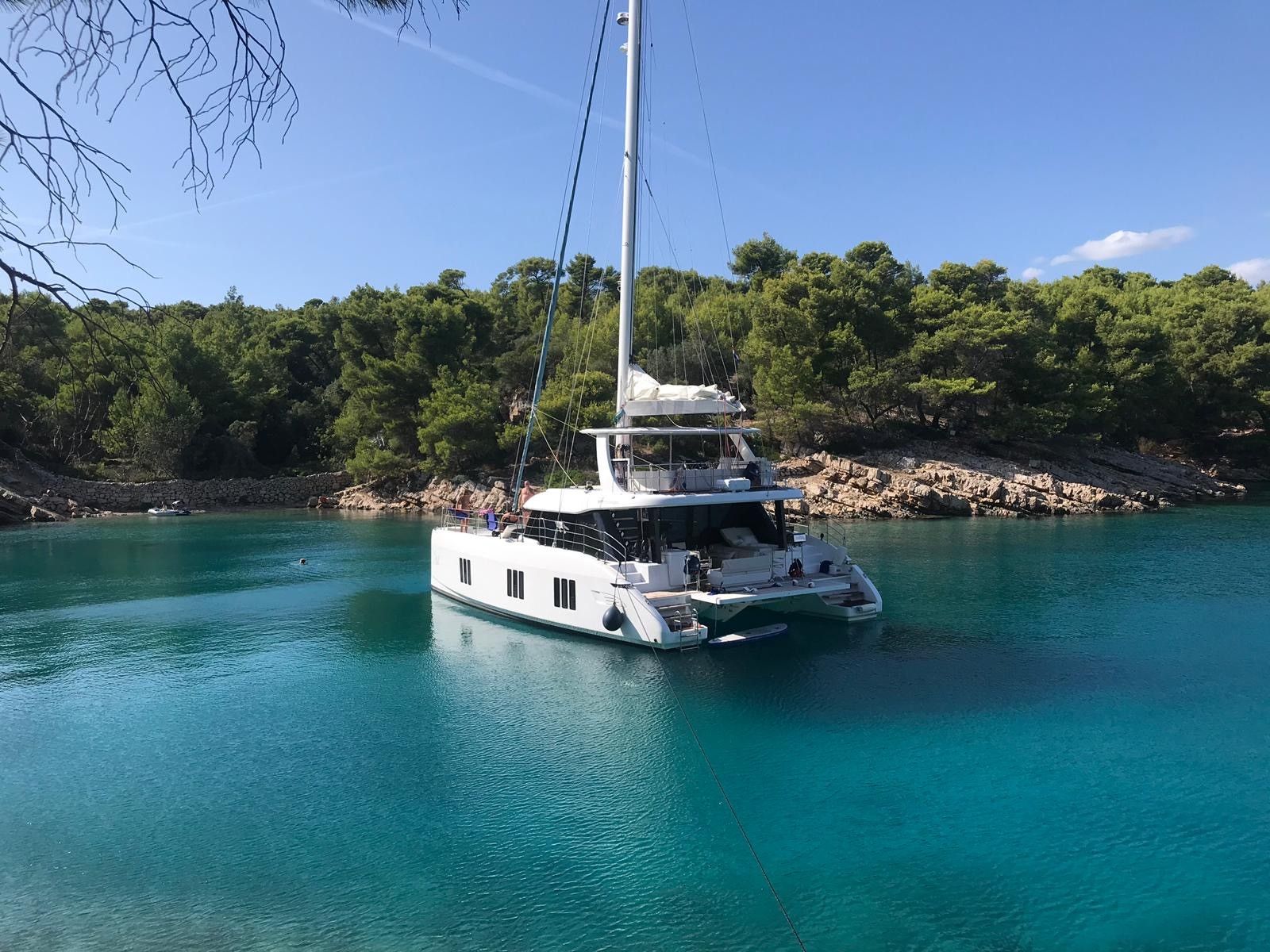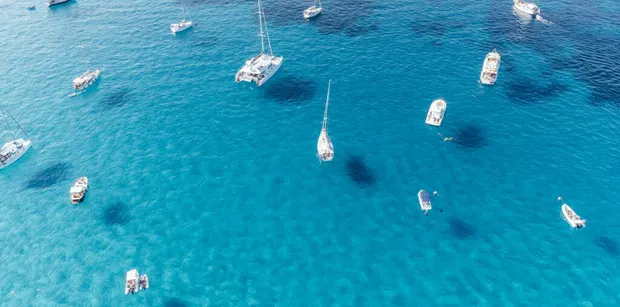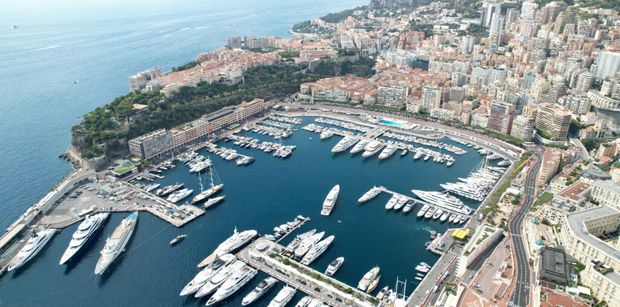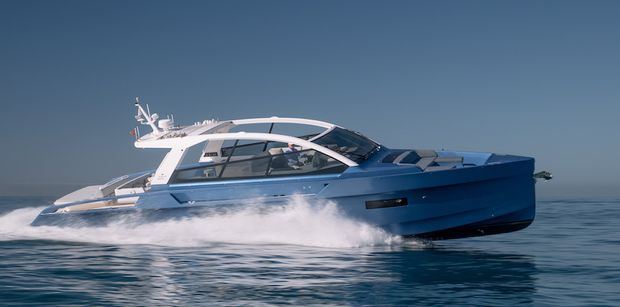Not only are we passionate about bringing you an unforgettable crewed charter catamaran and barefoot charter catamaran experiences, but we also want to help you partake in responsible sailing and protect our oceans.
Greener Boating
At its core, to have a more sustainable boating industry is about minimizing the negative impacts on the environment and maximizing the benefits for everyone involved. One aspect of this mission of greener chartering is to promote and incorporate the ‘R’s throughout our entire operation and growing fleet.
These ‘R’s – Reduce, Reuse, Repurpose, and Recycle – provide a roadmap for achieving these goals. We take a look into this framework that are the cornerstones to sustainability with regards to Boatbookings:
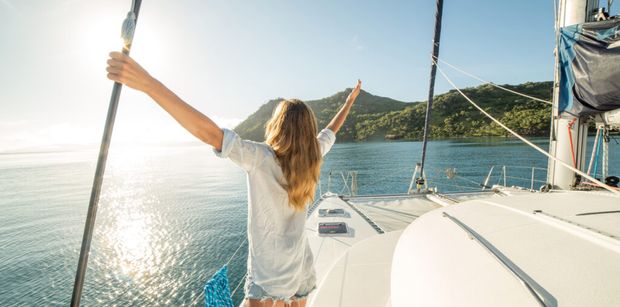
Reduce
The first ‘R’ is all about how you can reduce your environmental impact. At Boatbookings, we have made conscious choices to offer a range of greener crewed catamaran charters for you to choose from. We prioritize the selection of yachts we offer to ensure they are showcasing more sustainable technology, ensuring lower fuel consumption and reduced emissions. We aim to provide options from catamaran builders such as Silent Yachts, Sunreef Eco, and Fountaine Pajot.
But our commitment to reducing doesn’t stop there. Our carbon emissions calculator helps us assess and continually improve our environmental practices.
We advocate for our operators to reduce the amount of waste and pollution while promoting eco-friendly brands. We also encourage our clients and yachts to reduce speed, especially when sailing near vulnerable marine life habitats. Going slow reduces impact and enables clients to soak up the ocean’s magic.
Reuse
We ensure that our crewed charter partners regularly maintain and service their fleets to ensure longevity and reduce the need for unnecessary repairs. We also work with partners who are aligned with sustainable practices that reduce resource consumption and waste generation.
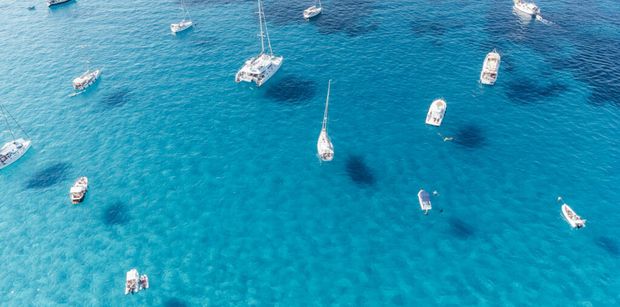
Repurpose
At Boatbookings, we pride ourselves on promoting repurposing by collaborating with companies that repurpose marine waste into innovative products, contributing to a more circular economy.
We want to raise more awareness about the critical issue of marine pollution that our oceans face. Education is essential in changing consumer behavior and inspiring a new sense of responsibility.
Recycle
The final ‘R’ is recycling, which you are probably already familiar with. We advocate responsible recycling throughout our operators and clients. We are always looking for better recycling initiatives within marinas worldwide to facilitate easier recycling for our clients.
Responsible chartering is an integral part of experiencing the beauty of our oceans. By promoting these ‘R’s, we are not only committed to reducing the environmental impact of our selected fleet but also dedicated to creating eco-conscious charter experiences for our clients.
Contact us today to discuss our greener crewed charter catamaran options for your next vacation.

